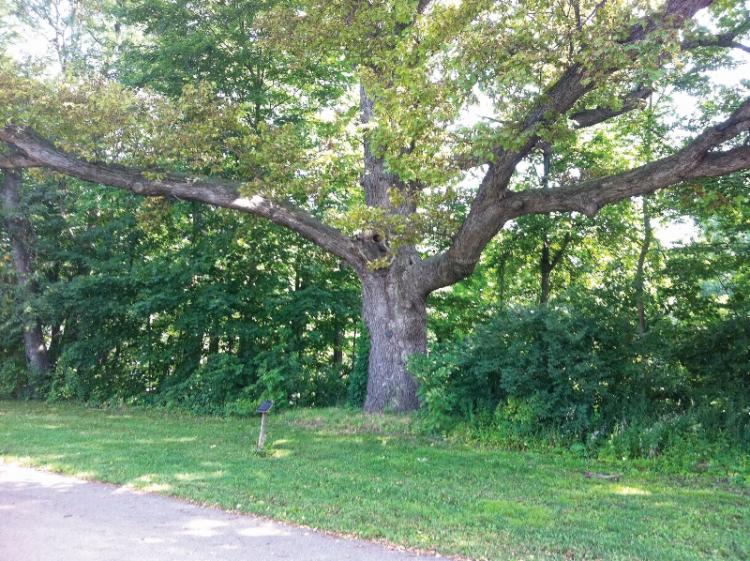How Improving Our Sense of Place Can Help Inspire Environmental Stewardship
Many days, when needing a break from colleagues at the university, I grab a sub and lunch alone in my truck. I park in the same place every time, backed up against a rail with the front facing a huge old oak tree. It’s quite on purpose, as the tree I dine with is a beautiful white oak, which carries me back to my youth on the South River and dozens of trips over the bridge to visit the, now long gone, Wye oak. The Bay and the trees of that region significantly shaped my personal connections to nature.

I remember cruising my Farr into the Potomac and Yeocomico, wife, boys, and dog in tow. At the end of a long day out on the water, we dropped the hook in a tree-lined cove. While my wife and I tidied up after our sail and prepared dinner, the boys would go ashore to walk our beagle. I remember watching them try to nose their kayaks into the shoreline, scrapping with vegetation, and hardly finding a spot in the thick wood to get the dog on dry land. Actually walking the beast in that tangle was almost impossible. Finding these tree-lined oases is the goal of many Bay sailors, and they are increasingly more difficult to locate.
A 2009 study covering the impacts of climate change on the Chesapeake Bay, published in the Estuarine, Coastal and Shelf Science Journal, paints a rather gloomy picture of the future. Increased storm activity, sea level changes, increased water temperature, heavier rains, swollen streams, increased nitrogen levels, algae blooms, and more will all result in the Bay’s struggle. Trees are identified as significant game changers in the battle to save the Bay. The Chesapeake Bay Preservation Act is one of these directives where 100 foot buffer areas of vegetation are now being regulated on many waterside properties.
However, not all of us who read SpinSheet have properties adjacent to the water. Many respect the health of the Bay and enjoy its bounty in food and fun. So, what is it that we can do as a sailing community to really impact the Bay’s health? Yeah, we can plant a tree. We can fertilize our lawns less, or if we are lucky enough to own water- or stream-front property, we can maintain a healthy vegetative buffer along its edge. But, there is something bigger. It goes back to why I sit under a white oak for lunch 700 miles away from my home: place attachments.
The human connection to nature and places can be measured in what we call ‘sense of place.’ A recent model I created, based on an in-depth literature review, identifies four categories in measuring our sense of place: aesthetics such as identity or delight, attachment seen as home or love, spirituality as in reverence for a sacred place, and ethics, identified as environment or compassion. Two significant components strengthen these four categories: time and our senses.
The longer you spend time in a place and the more you connect all five senses to that place, the higher you measure in the four categories, thus the stronger your respect for the environment. For instance, sailing on the Bay once creates a fond memory. Sailing a whole summer, racing with a team, watching the sun set over cocktails, smelling and tasting the brackish water on your lips, or hearing the clang of a red nun in the thick fog give you more than memories. They give you a connection. And this is why talking Bay health to sailors is speaking to the choir.
Connection is also the solution. It will take a whole society to make positive changes in the Bay environment. Much of that same society will have no connection to the Bay other than their unknown impact of day-to-day activities. These activities make too long a list to print here, but the solution is short. Invite a friend on a sail. Invite many. Invite them more than once. Feed them, laugh with them, explore with them. The solution is inviting them to join. Take a child sailing as often as possible; make it fun; change the shape of our sport and its environment for the future. Grow sailors and the trees will grow themselves.
About the Author: Garth Woodruff was raised on the South River and raced out of Herrington Harbour for more than 10 years. Although he works in Michigan, he still keeps a boat and home in Virginia near family.




